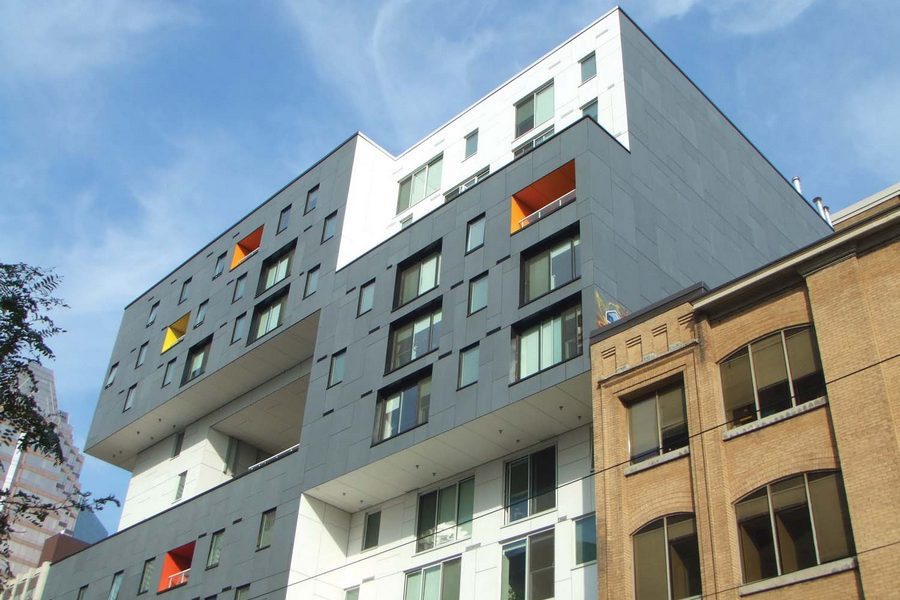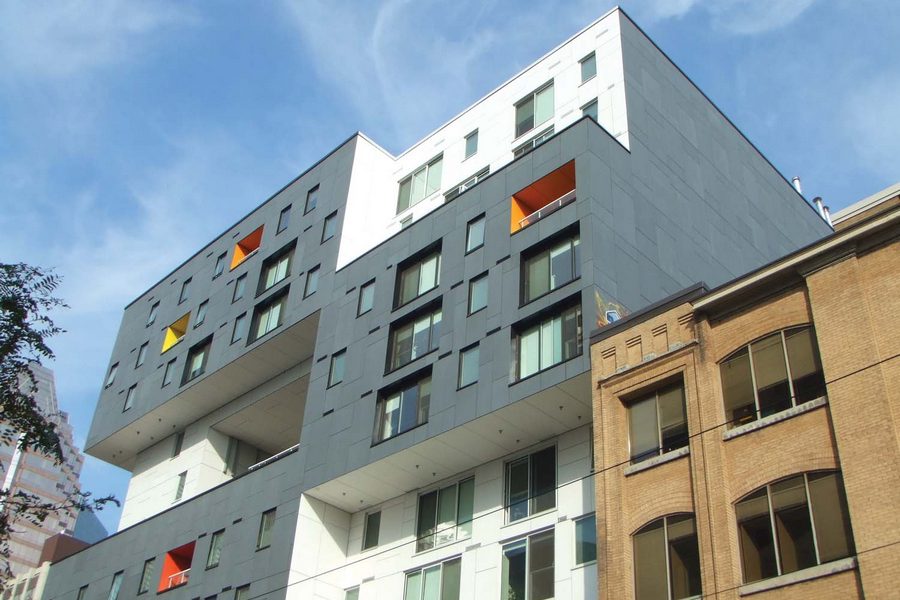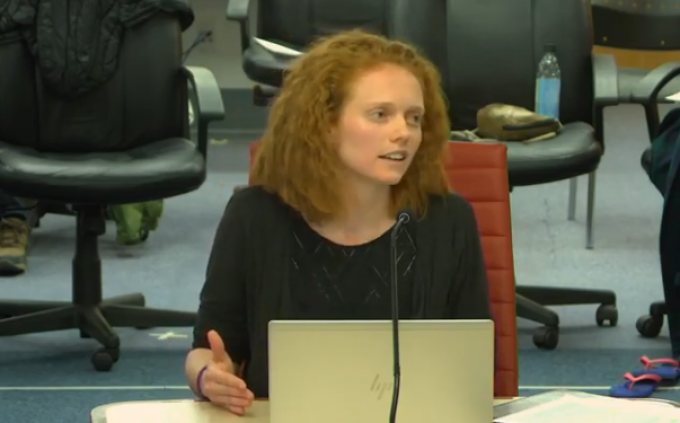


With the release of a new report the city has become one of the leading municipalities in the nation when it comes to addressing embodied carbon in the building of residential homes.
People are tuning into the research and the new reports – the Material Carbon Emissions Guide and the Benchmarking Report – outside of the communities of Nelson and Castlegar to see what ground breaking ideas the city has come up with on reducing embodied carbon, said Natalie Douglas, the city’s climate resilience planner.
This is novel and timely work, she said when she addressed city council on the recent release of the reports, and Nelson was one of only a handful of Canadian communities – that included Toronto and Vancouver – that has conducted localized embodied carbon research, specifically on part nine buildings (single-family residential).

It is a topic that has begun to transform the building industry, she said, but the odyssey for Nelson began in 2019 when the question of moving beyond step three in the Step Code – a document that bolsters the BC Building Code to encourage energy efficiency – was raised.
“We started off with a simple desire to address emissions, but through the process we realized that no one else has actually done what we have been able to do,” she said about the Guide.
The upper levels of government will eventually be thinking about regulating embodied carbon, Douglas related, so it will become integrated into some form of legislation in the future.
The original thought was there was a need for a deeper look at the emissions (embodied carbon) associated with building if the city wanted to reach its lofty climate targets and emission reduction targets, she said.
Embodied carbon emissions speak to the emissions associated with extraction, manufacturing, transportation, replacement, deconstruction, demolition and disposal of building materials.
“So, this is looking at the full lifecycle of the building and trying to comprehensibly account for these emissions,” said Douglas.
Through the program she sought to achieve the construction of highly energy efficient homes that were low in embodied carbon. Using calculations based on the average amount of embodied carbon associated with 34 new part nine buildings – low-rise single family homes – in Nelson and Castlegar, an assessment was made on what building materials contributed the most emissions in the building community and how knowledgeable the local building community was in that regard.
The report and materials guide created a benchmark to reduce embodied carbon.
Carbon reduction
To reduce embodied carbon, Douglas said they need to work with the building community to implement the findings of the report and build the knowledge base.
The city has established an advisory group to gather feedback, build capacity, encourage collaboration between building professionals and bolster a culture of creativity and climate ambition.
Embodied carbon was a timely thing to address, said Douglas. It will take 23 years before the local operational emissions average (1.26 tonnes per year) match the average embodied carbon emissions at the point of construction (28.8 tonnes) in Nelson and Castlegar.
“Homes that achieved higher levels of the step code did not automatically result in higher amounts of embodied carbon,” said Douglas. “Material choice had the biggest impact on embodied carbon. Specific materials really put it over.”
By focusing on the high emission and high volume materials, builders can achieve significant emission reductions today, she said.
“Builders in our community are already showing us that these emissions reductions are achievable,” Douglas pointed out.
Material Carbon Emissions Guide
The guide is split into three main sections:
– The first section introduces the work and describes how to use this guide.
– The second section offers insight on how to reduce material carbon emissions associated with all eight of the material categories represented in the low carbon homes pilot study.
It visualizes environmental product declarations data for a variety of different products within the four most impactful material categories in the form of product rankings.
The data provided in the guide is relevant to municipalities with similar building practices but highlights numerous considerations that are universally relevant.
– The third section offers additional resources that may help people take action.
This includes some information about embodied carbon calculator tools and answers to a series of frequently asked questions.
Source: Introduction to the Guide
Download the Benchmarking Report
Download the Material Carbon Emissions Guide